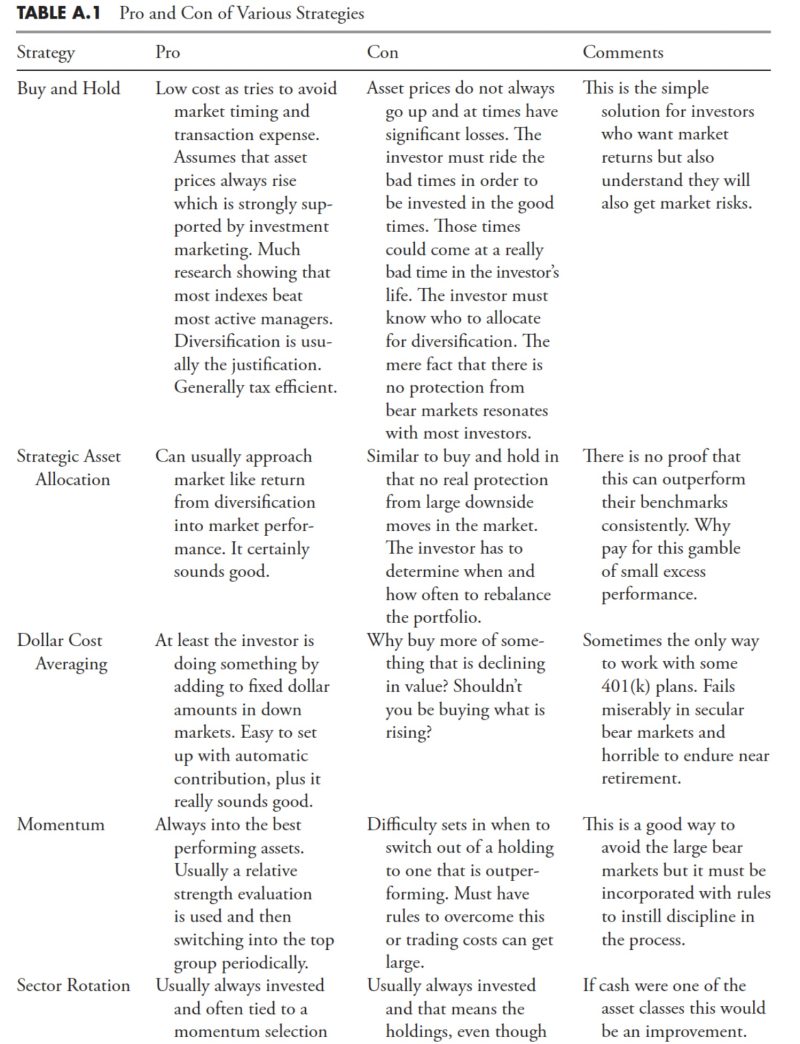Investing with the Trend: A Step-by-Step Guide
Step 1: Identifying the Trend
The first and most essential step in investing with the trend is to correctly identify the direction of the trend. This can be done through technical analysis by examining price charts and key indicators. Trends can be bullish (upward), bearish (downward), or sideways. Investors should avoid trying to predict market reversals and focus on aligning themselves with the prevailing trend.
Step 2: Using Moving Averages
Moving averages are powerful tools that help investors smooth out price data and identify the overall trend direction. The most commonly used moving averages are the simple moving average (SMA) and the exponential moving average (EMA). By comparing shorter-term moving averages with longer-term moving averages, investors can spot trend reversals and potential entry and exit points.
Step 3: Drawing Trendlines
Trendlines are another valuable tool that can assist investors in visualizing the trend direction. By connecting the lows in an uptrend or the highs in a downtrend, investors can create trendlines that act as dynamic support or resistance levels. Breakouts or bounces off trendlines can signal potential trading opportunities.
Step 4: Using Support and Resistance Levels
Support and resistance levels are key price levels at which a stock tends to find buying or selling pressure. Identifying these levels can help investors determine entry and exit points. When a stock price breaks above a resistance level, it may signal a bullish trend continuation. Conversely, a break below a support level could indicate a bearish trend reversal.
Step 5: Utilizing Technical Indicators
Technical indicators, such as the Relative Strength Index (RSI) or Moving Average Convergence Divergence (MACD), are mathematical calculations based on historical price and volume data. These indicators can provide additional insights into trend strength, momentum, and potential reversal points. However, it’s essential to use technical indicators in conjunction with other analysis tools for confirmation.
Step 6: Setting Stop-Loss Orders
Risk management is crucial in investing with the trend. Setting stop-loss orders at key support or resistance levels can help protect against significant losses in case the trend reverses unexpectedly. Investors should determine their risk tolerance and position size accordingly to manage potential downside risks.
Step 7: Monitoring the Trend Continuation
Once a position is established, it’s essential to monitor the trend continuation regularly. Investors can use trailing stop-loss orders to lock in profits as the trend progresses. Additionally, tracking key technical indicators and price action can help investors stay informed about potential trend changes.
In conclusion, investing with the trend can be a profitable strategy for traders and investors looking to capitalize on market momentum. By following a systematic approach that includes trend identification, technical analysis tools, risk management techniques, and trend monitoring, investors can enhance their trading decisions and improve their overall performance in the financial markets.
